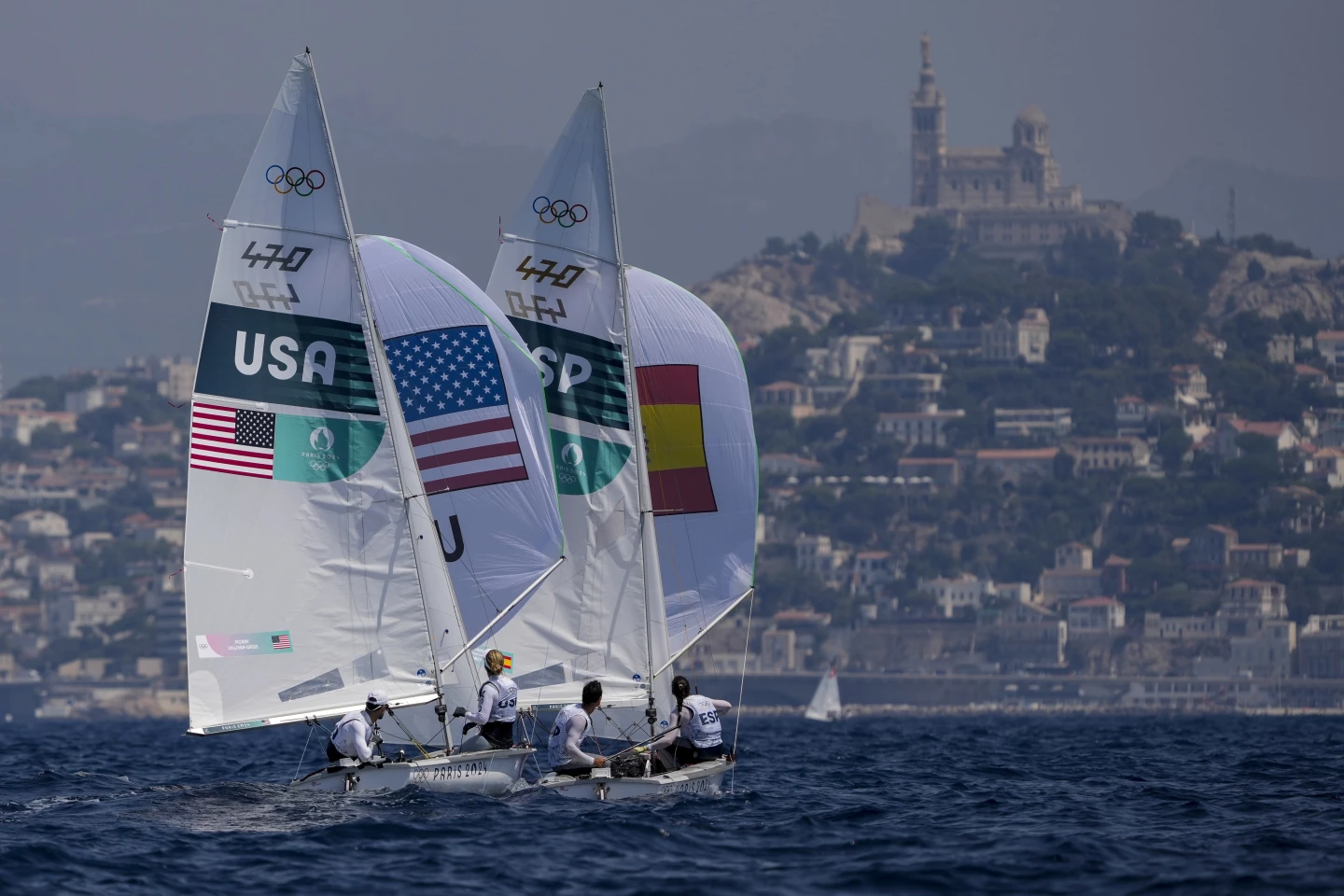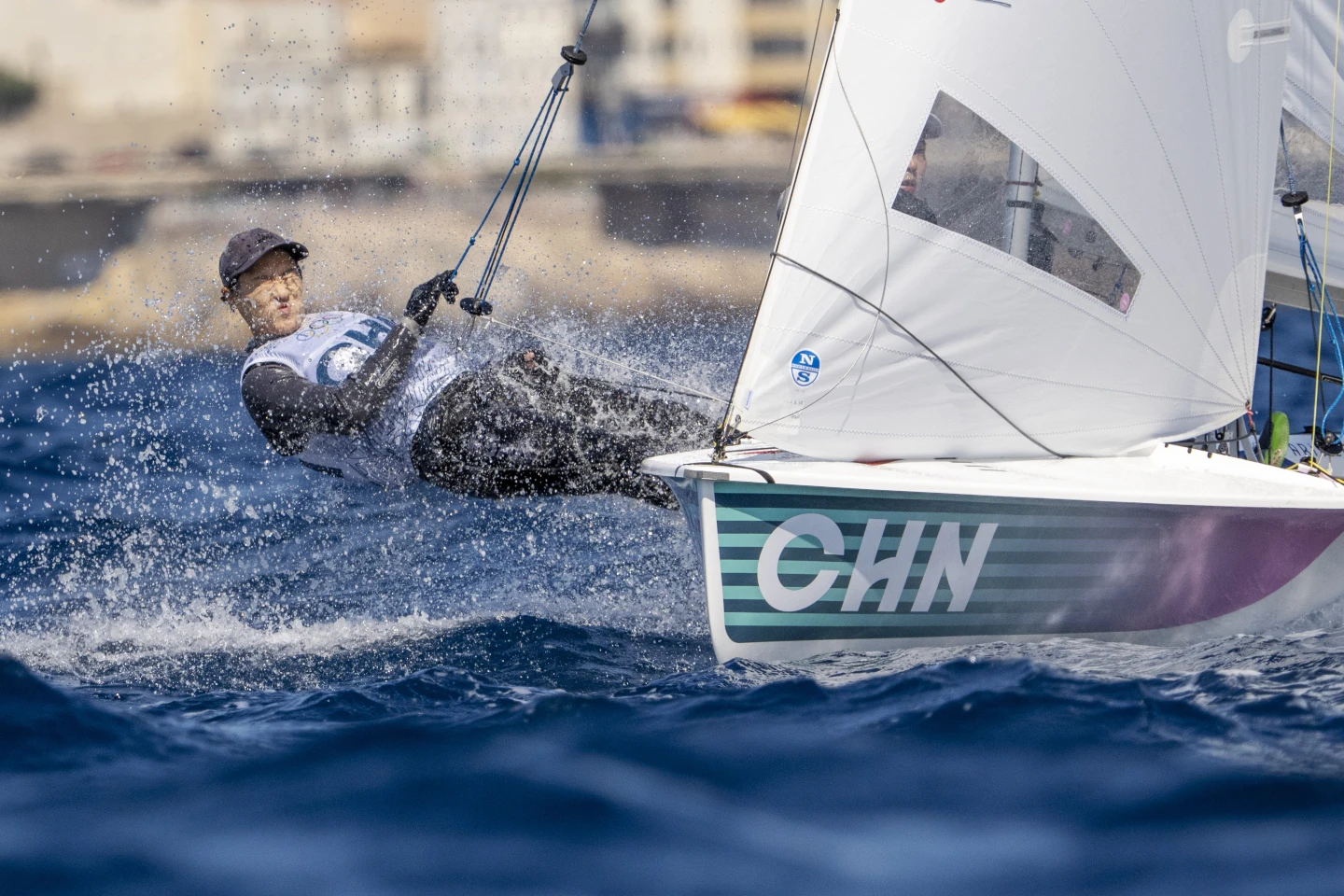The mixed-gender boats, including dinghies and multihulls, raced in the Mediterranean in Marseille on Friday and Saturday for the 2024 Olympics. This happened alongside the first medal races in skiffs and windsurfing.
In Rio, the first mixed-gender crew competed on the Nacra 17, a fast foiling catamaran that lifts off the water at high speeds. For these Games, the 470, a slower and more traditional boat, was introduced as a mixed-gender class for the first time to ensure equal medal opportunities for men and women.
“It’s a class where you need to be very in tune with each other and match in weight and skill,” said Emil Järudd from Sweden, who is returning for his second Olympics in the Nacra 17 with Hanna Jonsson as his crew. “Sometimes I compare it to a couple’s dance.”
For Britain’s Nacra 17 team, who won silver in Tokyo, it’s quite literal—John Gimson and his crew, Anna Burnet, are engaged and will be married exactly a month before their scheduled medal race this week.
“It’s a very challenging boat to sail, rewarding when done right and punishing if not,” said Burnet.

When the boat starts foiling, which Gimson describes as “like an airplane taking off,” both sailors trapeze above the water, trying hard to keep the boat balanced. Synchronizing their movements is crucial.
“It takes an incredible amount of coordination to get it right,” Gimson said. They have been training with Tokyo gold medalists Ruggero Tita and Caterina Banti from Italy, who are aiming to win again this summer.
“To win one Olympics is certainly difficult,” Tita said. “You know what’s harder? Winning a second one.”
Tita began sailing in alpine lakes, with his parents driving him for hours with a small boat on the car roof. Now, he is also part of the Luna Rossa team for the America’s Cup and compares the speed and maneuverability of the smaller Nacra to “a Go Kart” compared to a Mack truck.
